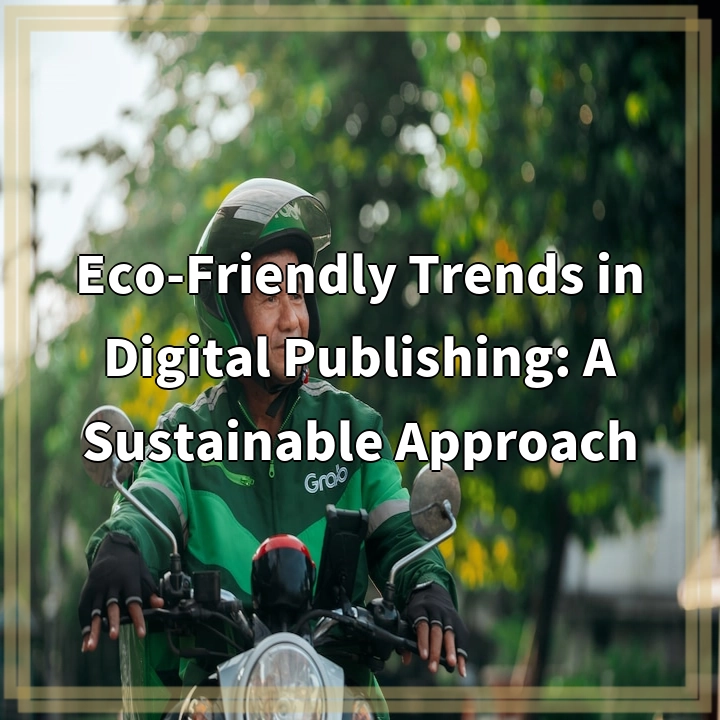
What is Eco-Friendly Trends in Digital Publishing: A Sustainable Approach?
Eco-Friendly Trends in Digital Publishing refers to the adoption of environmentally sustainable practices and approaches in the field of online publishing. It involves utilizing digital technologies and strategies that minimize the environmental impact of publishing content, such as articles, e-books, and digital magazines.
Real-World Problems Associated with Eco-Friendly Trends in Digital Publishing
1. Energy Consumption
One of the major challenges in digital publishing is the high energy consumption associated with data centers and servers that host online content. These data centers require significant amounts of electricity to power and cool the servers, resulting in a large carbon footprint. Furthermore, the growing demand for digital content contributes to the increased energy consumption and greenhouse gas emissions.
2. E-Waste
The fast-paced nature of digital publishing often leads to obsolescence of electronic devices such as e-readers, tablets, and smartphones. As a result, there is a growing concern about the accumulation of electronic waste (e-waste). Improper disposal of these devices can have detrimental environmental and health effects due to the hazardous substances contained within them, such as lead, mercury, and cadmium.
3. Digital Divide
While digital publishing offers accessibility to a wide range of readers globally, there are still significant disparities in internet access and digital literacy. This digital divide limits the reach of eco-friendly digital content and poses challenges in advocating for sustainable practices among diverse populations. Bridging this divide is essential to ensure equal access and participation in the eco-friendly digital publishing landscape.

Solutions to Eco-Friendly Trends in Digital Publishing
Addressing the environmental challenges in digital publishing requires a proactive and sustainable approach. Here are some solutions:
1. Energy Efficiency Measures
Implementing energy-efficient practices in data centers and utilizing renewable energy sources can significantly reduce the carbon footprint of digital publishing. This includes optimizing server utilization, adopting energy-saving hardware, and improving cooling systems. Companies can also choose to partner with green energy providers to ensure their operations are powered by renewable sources.
2. Recycling and Responsible Disposal
To minimize e-waste, digital publishers should encourage the recycling and responsible disposal of electronic devices. This can be achieved by offering buyback or trade-in programs for old devices, establishing partnerships with recycling facilities, and raising awareness among consumers about the importance of e-waste management.
3. Digital Inclusion and Access
Ensuring digital inclusion and access for all is essential in promoting eco-friendly trends in digital publishing. This involves expanding internet connectivity, providing digital literacy training programs, and making eco-friendly digital content accessible across different platforms and languages. Collaboration with organizations and governments can help bridge the digital divide and reach a wider audience.















